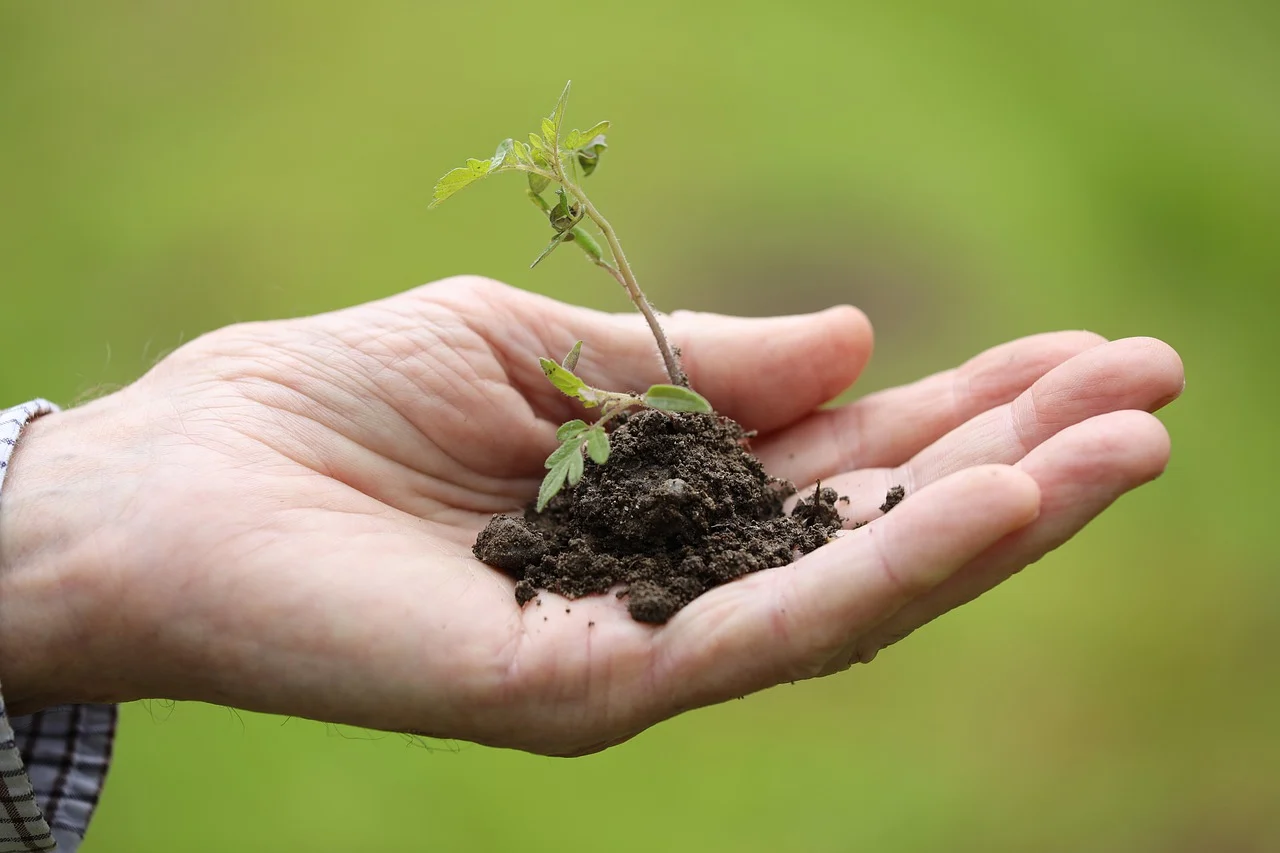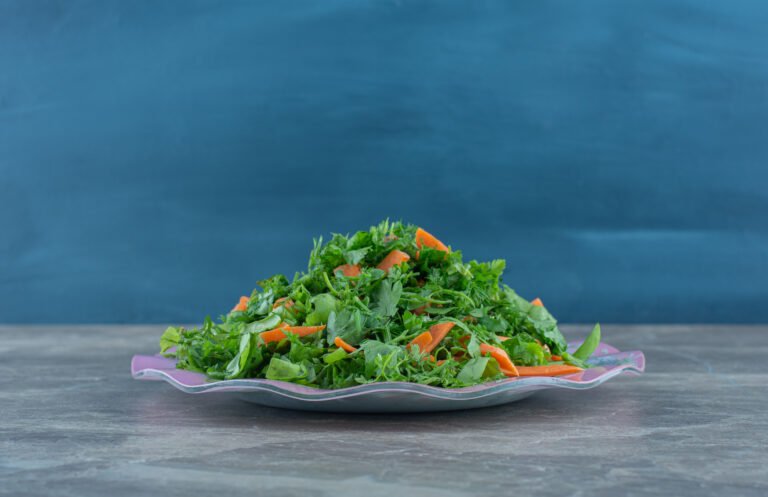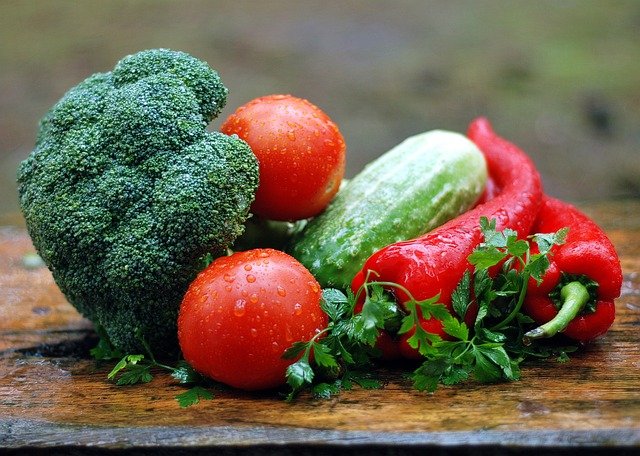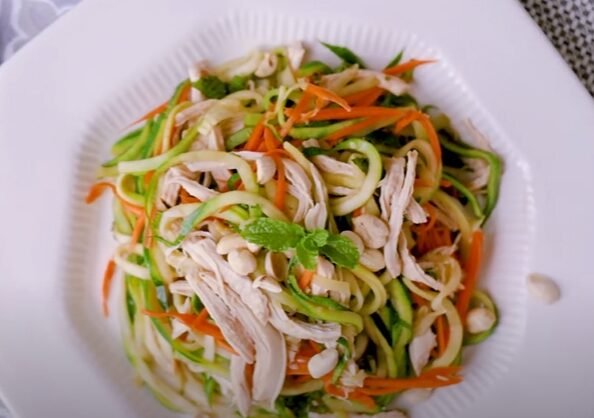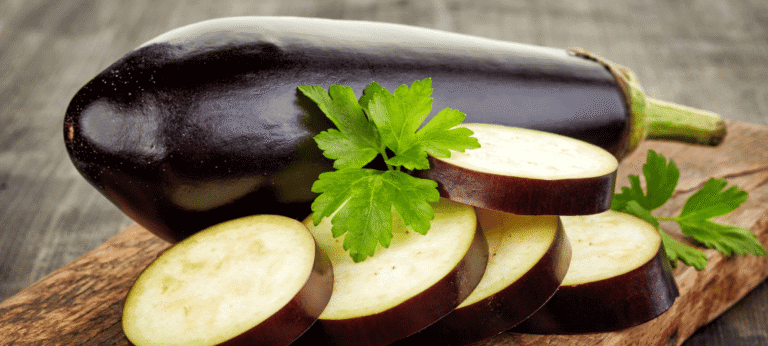5 Powerful Reasons Why Transplanting Carrots Boosts Your Harvest
Boost your harvest with Transplanting Carrots. Find out how it improves growth, spacing, and yield for healthier carrots.
Why Transplanting Carrots is Helpful?
You might not think about moving carrot plants, but sometimes it can help you grow more carrots. When you transplanting carrot seedlings, you can put them in the best spot with the right temperature for them to grow well. You can even move carrot tops that you started in water or soil.
This way, you can grow more carrots, even from the ones you already picked in your garden. If you buy carrots from the store with the green tops still on, you can try growing them again too.
Why Transplanting Carrots is Better?
Transplanting carrots means starting to grow them indoors before it’s warm enough outside. This helps you start growing earlier. Carrots can grow nicely in cool weather. By transplanting, you can grow them at the right temperature as you like. Spring season is usually best for carrots transplanting. But sometimes, even good plans don’t always work out perfectly. They are use in salad.
Finding the right Temperature:
Carrots grown in temperatures in the mid-80s degree Fahrenheit may not succeed, explains the University of California. Even unlucky, it can cause unwanted flavors. Carrots that grow in cooler temperatures, around 50 degrees Fahrenheit, don’t grow quickly. This slower growth can make it harder to have a good harvest.
The longer they stay in this early state of growth, the more endangered they are to damage. When you handle seedlings during transplanting. You’ll see why. Carrots will grow nicely and get their best color.
Prepare a Deep, Fertile Bed:
A week or two before I plant transplanting carrots. I use a digging fork to break up the soil as deep as I can. I rake out every rock I can find. And then repeat the process. This time, I’m adding a low-analysis organic fertilizer. Improper fertilization can be costly with carrots. Using too much nitrogen, especially from manure, can make roots grow forked and very hairy.
However, not fertilizing at the start is risky, too, because adding liquid feed to growing plants can crack their roots. The best choice is to use a low-analysis organic fertilizer before planting. I save my nourished chicken manure for tomatoes and peppers.
Prime Older Seeds:
Carrot seeds usually last for three years. After that, they may not grow well. But soaking the seeds for four days can help old seeds work better again. This way, you can still use the last seeds from a packet you liked before. Here’s the procedure: Place seeds in a heat-resistance cup and cover with very warm water (150°F/65°C). When cool, strain into a paper towel.
Fold the towel to cover the seeds and put it in a closed container at room temperature for four days to keep the paper towel slightly wet. Remove the seeds from the container and let them air dry for a few hours. Then plant the seeds right away. Check each day to keep the paper towel a little wet. Take the seeds out of the container and let them dry in the air for a few hours, then plant them right away.
Avoid Root Disturbance When Transplanting Carrots:
Carrots don’t like it when their main taproots get disturbed, which makes them hard to transplanting. However, you can plant seeds in thin cardboard tubes, which can be a fun project. If you struggle with growing carrots, make sure they get plenty of sun to grow strong seedlings.
You can transplant them with the tubes still on. Make sure the top of the tubes sticks out half an inch (1.2 cm) above the soil after transplanting, which can also help protect against cutworms. This method is great if you have a small garden, use containers, or want to grow carrots in hot summer weather.
Give Seedlings Space:
Keep seedlings weeded and thinned. As soon as seedlings appear, use a small pair of scissors to get away crowded seedlings and little weeds. It should not be left in a young carrot bed. Indulge the planting with a weekly wedding, knowing this is a temporary situation. When carrots reach about 8 inches (20 cm) tall, their leaves grow thick enough to cover most weeds.
Use Carrot Seed Tapes for Simple Sowing:
If you don’t want to weed and thin, you can make or buy carrot seed tapes and cover them with soil that is free of weeds. The seeds will appear at proper spacing, with far fewer weeds within the seated row.
Exclude Carrot Rust Fly:
In many places, carrot rust fly larvae spoil the fun of growing carrots by creating rotten holes in the roots. The quick-moving adult flies are active all summer. So, it’s important to always cover carrots with a fine mesh fabric in areas where rust flies are a problem. This is especially important to do after you weed or thin the carrots because the adult flies are drawn to the smell of damaged carrot leaves.
Conclusion:
Transplanting carrots can help you grow more by giving you control over the growing conditions. You can make sure the temperature is right and give each plant enough space to grow well. In the event that you set up the dirt, utilize great compost, and shield the plants from bothers, your carrots will become greater and better.
In spite of the fact that carrots can be a piece precarious to relocate, utilizing the right techniques will prompt a superior and greater collection.
FAQs:
Can I develop carrots from locally acquired tops?
Yes, you can grow them. But the tops must be green. You can grow them by planting in soil and water.
What is the best temperature for developing carrots?
Carrots grow best in cool weather, around 10–24°C.
How might I abstain from upsetting carrot roots during relocating?
Carrots could do without their foundations upset, yet you can utilize bathroom tissue rolls to establish seedlings. This safeguards the roots and makes relocating simpler.
How would I get brothers far from my carrots?
Utilizing fine lattice texture can assist with shielding your carrots from bugs like carrot rust flies. Try to cover your plants subsequent to weeding or diminishing to keep the flies out.

